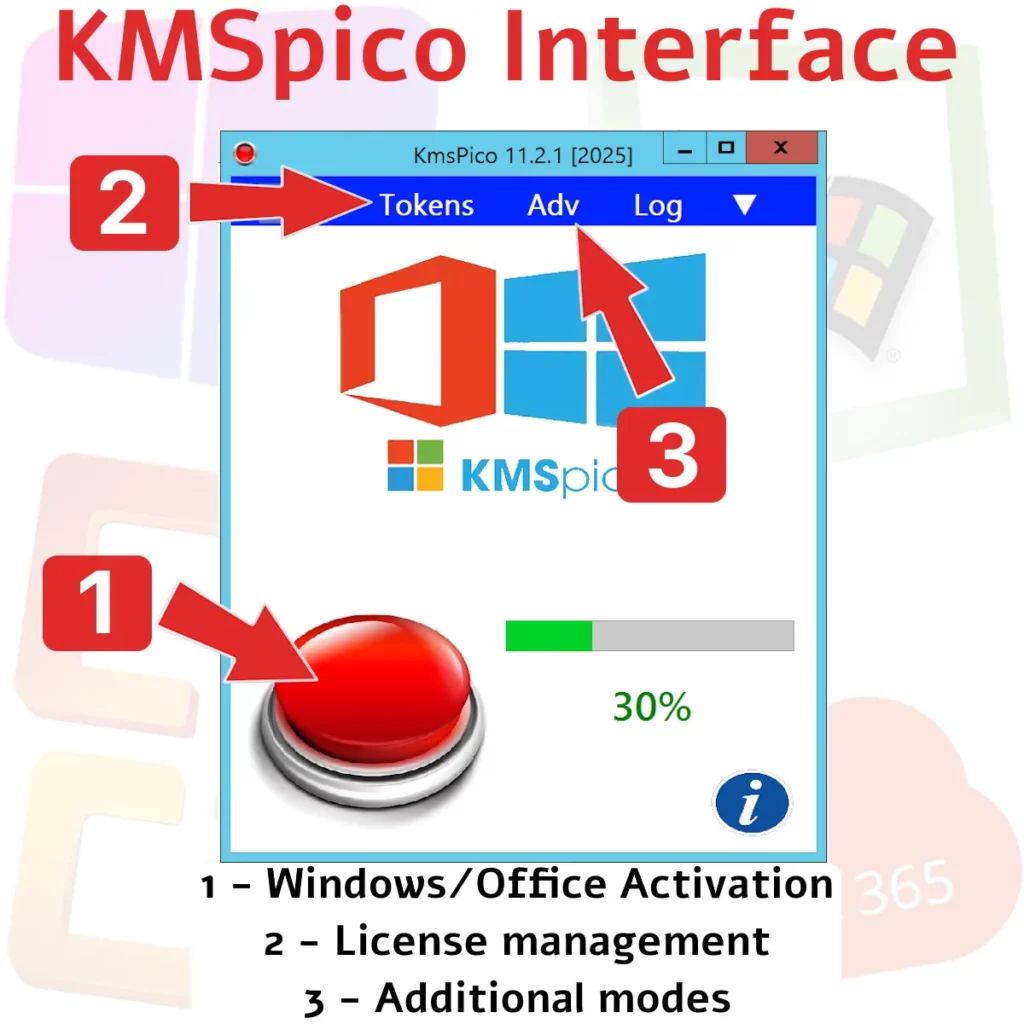In the realm of software management, ensuring that operating systems are legally activated is a critical component of IT governance. As Windows 11 emerges as the latest iteration of Microsoft’s operating system, some users might be tempted by unauthorized activation methods such as kmspico windows 11. This article aims to highlight the risks associated with such practices and offer insights into maintaining a compliant and secure computing environment.
The Temptation of kmspico Windows 11
With the release of Windows 11, users are eager to explore the new features and enhanced capabilities it offers. However, the cost associated with acquiring a legitimate product key can be a deterrent for some. As a result, tools like kmspico windows 11 become appealing due to their promise of free activation. Unfortunately, what may seem like a cost-saving measure can lead to significant risks and complications.
The Mechanics Behind kmspico Windows 11
Kmspico is widely known as a software activator that claims to convert an unlicensed copy of Windows into a legitimately activated one. The mechanism involves exploiting the Key Management Service (KMS) framework designed for large-scale enterprise deployments. Although it mimics the activation process, using kmspico windows 11 bypasses legitimate digital licensing requirements. This method essentially tricks the system into believing it is part of a corporate network where KMS servers handle activations routinely, thus circumventing the need for an individual product key.
Understanding the Risks Involved
Engaging with unauthorized activation tools such as kmspico windows 11 exposes your system to several vulnerabilities. Primarily, these tools often contain malware that can compromise your system’s security. Moreover, bypassing Microsoft’s licensing agreements puts users at risk of legal action and voids any support or updates from Microsoft.
Potential Malware Threats
The download kms pico process isn’t just about activating Windows; it’s also an open gateway for malicious software. Once installed, these programs can introduce spyware or ransomware, leading to data breaches or financial loss. Users need to weigh these dangers against the temporary benefits of an unlicensed activation. The hidden malware could operate silently in the background, slowly gathering sensitive information or even taking control over certain system functions without user consent.
Legal Implications and Support Limitations
Using unauthorized activation tools like kmspico windows 11 constitutes a breach of Microsoft’s terms of service. This could potentially result in fines or other legal actions against individuals or organizations involved. Additionally, systems activated through these means will not receive essential updates or technical support, crucial for maintaining security and performance. The absence of official updates leaves systems vulnerable to newly discovered exploits that could be devastating in both personal and organizational contexts.
Alternatives to Unauthorized Activation
For those seeking legitimate ways to use Windows without breaching licensing agreements, several options exist. Organizations should consider investing in volume licensing or exploring subscription models like Microsoft 365 that cover both office applications and Windows activation.
Volume Licensing and Subscription Models
Businesses can benefit significantly from volume licensing agreements, which offer flexibility and cost savings for multiple installations across different devices. In addition, services like Microsoft 365 provide continuous updates and access to additional productivity tools beyond just Windows activation. These subscriptions often come with added benefits such as cloud storage solutions and advanced collaboration features that enhance overall business efficiency.
Utilizing Activation Tools Within Compliance
Authorized tools exist that help manage licenses efficiently within the legal framework. For instance, using Microsoft’s Volume Activation Management Tool (VAMT) allows administrators to automate and track product key activations across various systems without resorting to unreliable activators like kmspico windows 11.

Maintaining System Integrity
To ensure optimal functionality and security in your computing environment, adhering strictly to licensed software remains paramount. Regularly updating systems via official channels helps safeguard against vulnerabilities while keeping user experience seamless. Moreover, keeping software up-to-date is essential in addressing potential security loopholes promptly before they are exploited by malicious entities.
Performance in Controlled Environments
- VM Requirements: Implementing a VM with at least 2 vCPUs and 4 GB RAM ensures adequate resources for testing activation scenarios in isolation before deployment.
- Snapshot Timing: Creating snapshots before major updates enables easy rollback if issues arise during activation testing using legitimate methods.
The Role of DISM in License Management
The Deployment Imaging Service and Management (DISM) tool offers advanced functionalities for managing Windows images efficiently. By utilizing DISM commands properly, IT professionals can assist in maintaining compliance throughout various stages of deployment without relying on illicit solutions like kmspico windows 11. Proper application of DISM ensures that all installations are conducted under strict adherence to licensing terms while facilitating easier management across complex infrastructure setups.
Conclusion: Choosing Compliance Over Convenience
The allure of free activation tools such as kmspico windows 11 might initially appear beneficial but often leads down paths fraught with risks including malware exposure and legal troubles. Opting for legitimate activation methods not only preserves system integrity but also aligns with best practices for cybersecurity while ensuring ongoing support from Microsoft.
Your efforts towards compliance contribute significantly towards minimizing operational risks while optimizing resource allocation effectively across your organization’s technological infrastructure.
This adherence not only secures individual devices but also fortifies entire network structures against external threats and internal misconfigurations that could otherwise prove costly. By choosing compliance over convenience, organizations set a precedent for ethical technology use that resonates beyond immediate operational needs.
A thorough understanding of how unauthorized activators operate enhances an organization’s ability to counteract potential vulnerabilities proactively rather than reactively addressing issues post-compromise. As technology continues evolving rapidly alongside complex threat landscapes, maintaining updated knowledge on both legitimate tools and illicit workarounds remains crucial in fostering resilient IT environments capable of withstanding diverse challenges effectively over time.
The decision lies firmly within each user’s domain—whether they choose shortcuts fraught with danger or pursue pathways aligned with legal standards ensuring long-term sustainability across technological endeavors globally.
